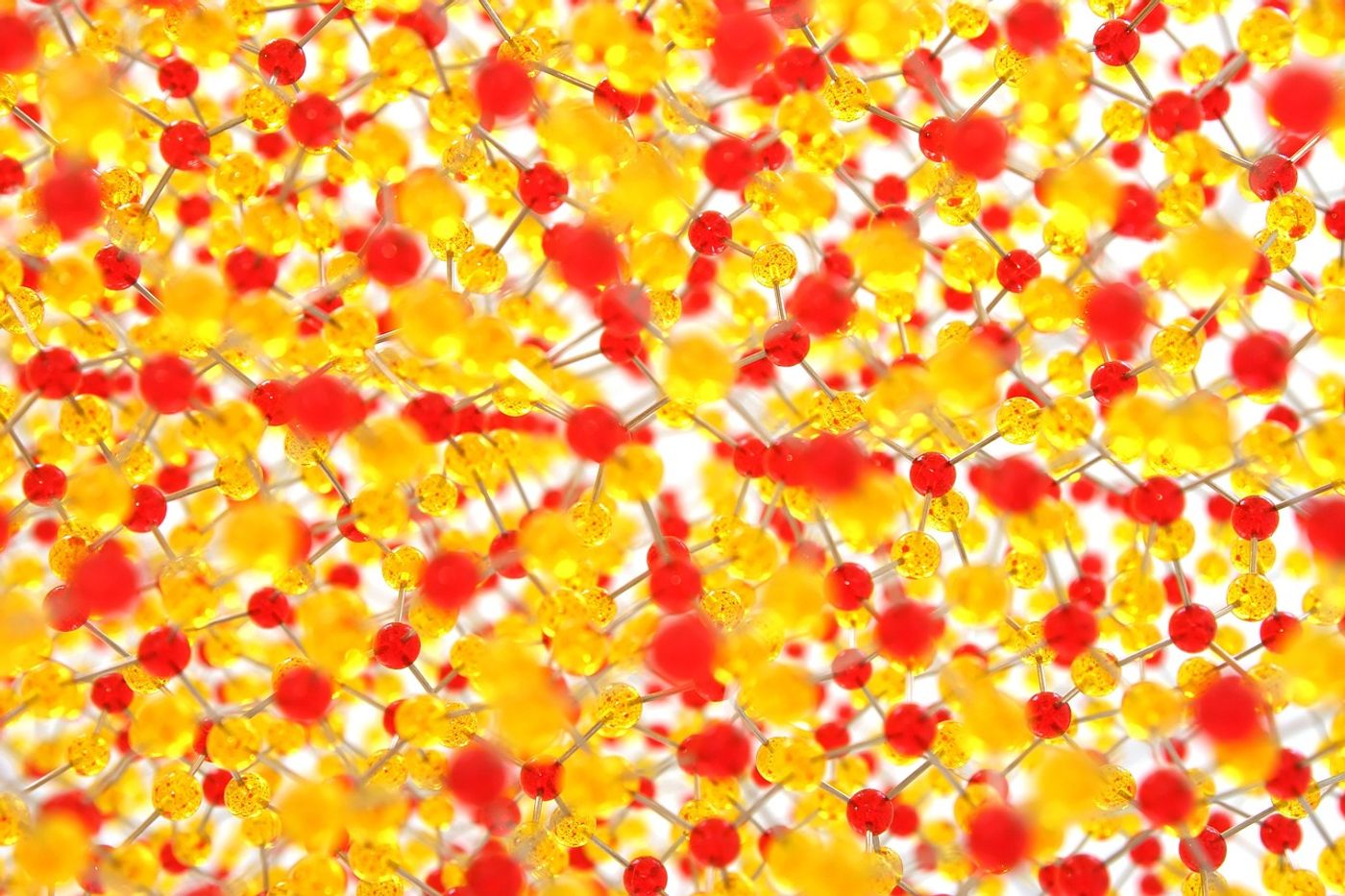Clothing, Armor, and Airplanes: Scientists Use Reticular Chemistry to Improve Interlocking Molecules
In a recent study published in Nature Synthesis, an international team of researchers led by the University of California, Berkeley, have used reticular chemistry to improve upon research pertaining to interlocking molecules known as catenanes, which were first discovered 25 years ago. This study holds the potential to improve materials where both resilience and flexibility are required, to include clothing, armor, or airplanes.
Catenanes are also known as moving machines, meaning they can make molecular structures move, and this research team discovered this new type of catenane can be made in three-dimensionally comprised of an unlimited number of linked units.
"We think that this has really important implications, not just in terms of making tough materials that don't fracture, but also materials that would go into robotics and aerospace and armored suits and things like this," Dr. Omar Yaghi, who is a UC Berkeley professor of chemistry and a co-author on the study, said in a statement.
For the study, the researchers used reticular chemistry, which Dr. Yaghi invented more than three decades ago, who describes it as "stitching molecular building blocks into crystalline, extended structures by strong bonds”, and has used reticular chemistry to create inexpensive porous materials, such as covalent organic frameworks (COFs) and metal-organic frameworks (MOFs).
Dr. Yaghi notes that while the new catenanes are capable of extending up to three directions (three-dimensional) at the microscopic level, they can also be produced thin enough for use in two directions (two-dimensional) for clothing.
Sources: Nature Synthesis, Berkeley News, Wiley Online Library
As always, keep doing science & keep looking up!









